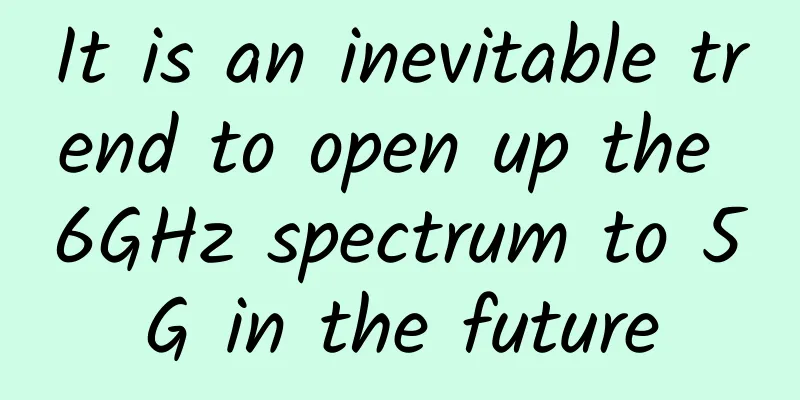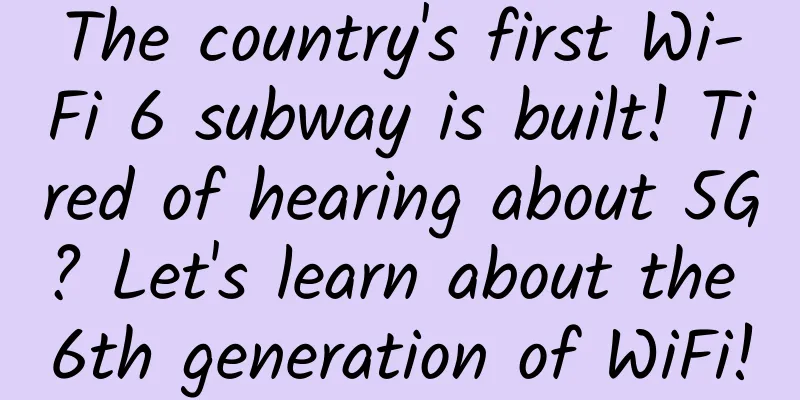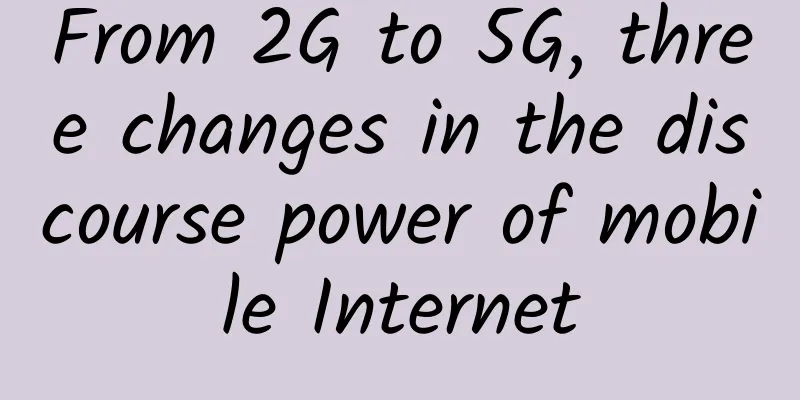It is an inevitable trend to open up the 6GHz spectrum to 5G in the future

|
At the 7th Asia-Pacific Spectrum Management Conference held from May 24 to 27, representatives from GSMA, China's Ministry of Industry and Information Technology's Radio Management Bureau, and several operators and manufacturers believed that with the rapid development of 5G and the growing data traffic applications, it is an inevitable trend to open up the 6GHz spectrum to 5G in the future. Some regions have stated that they will balance the potential demand for Wi-Fi and 5G and allocate the 6GHz spectrum in a balanced manner. The 6GHz frequency band ranges from 5.925 to 7.125GHz, which is a 5G mid-band frequency along with the current mainstream 5G frequency band of 3.3 to 4.2GHz. It has a continuous large bandwidth of 1200MHz, which can perfectly adapt to the 5G 100MHz channel bandwidth and carrier aggregation technology, greatly improving the capacity of future 5G systems. In terms of coverage, although the 6GHz is weaker than the lower mid-band 3.5GHz in terms of wireless propagation characteristics, the relevant simulation and analysis results show that if the continuous development of related technologies such as propagation loss compensation is taken into account, the coverage capability of 6GHz can be close to that of the 3.5/3.8GHz band. Therefore, the 6GHz band has both coverage and capacity advantages, and is an ideal mid-band frequency band for 5G, which is conducive to the continuous construction of a continuous coverage, large-bandwidth 5G network to meet the growing network capacity requirements. In general, 6GHz is a new frequency band that takes into account both coverage and capacity advantages. It can fully unleash the basic capabilities of 5G and generate more deterministic network value. Currently, WRC-19 and 3GPP NR have both set up special projects, and GSMA has also issued a statement calling on governments to allocate 6GHz for 5G use. However, some countries, such as the United States, prefer to build 5G on millimeter waves and leave 6GHz for Wi-Fi. |
<<: How will 6G develop in the future?
>>: How 5G will benefit the Internet of Things
Recommend
Huawei Cloud China Tour in Xi'an invites you to join us and discuss how to collaborate and innovate in the cloud era
[51CTO.com original article] On October 26, 2017,...
Technology empowers the future of intelligent driving-2021 Cisco Automotive Industry Summit held in Beijing
April 23, 2021, Beijing - The 2021 Cisco Automoti...
China's 5G users account for more than 70% of the world's total
The latest data from the Ministry of Industry and...
Let ChatGPT tell you how to build a lossless network that supports ChatGPT computing power
With the acceleration of digital transformation o...
12 Ways 5G in Manufacturing Can Boost Industry 4.0
We’re on the cusp of a new era of connectivity, b...
Our company’s “Double 11” flow control plan, come and copy our homework!
[[430197]] Image from Baotu.com If the scenic spo...
iWebFusion: $99/month - Dual E5-2670/128G memory/500G SSD hard drive/20TB monthly traffic, multiple data centers in Los Angeles and other places
iWebFusion (iWFHosting) is a site under the forei...
Deploy on demand: China Telecom plans to open 320,000 5G base stations in 2021
[[386510]] Today, China Telecom announced its ful...
How to comprehensively and objectively evaluate the quality of 5G networks? This is the correct approach
As 5G commercialization continues to advance, the...
Huawei grandly releases the Intelligent Micro Module 5.0 solution
[51CTO.com original article] On September 17, 202...
A thought-provoking report on a major communications failure
Starting at 1:35 a.m. local time on July 2, a lar...
5 years, $50 billion! In order to catch up with China, they call on Biden to speed up the construction of 5G
The American Forbes website recently published an...
Cyber Security Awareness Week丨Ruishu Information explains how to ensure data security?
It has been one year since the Data Security Law ...









